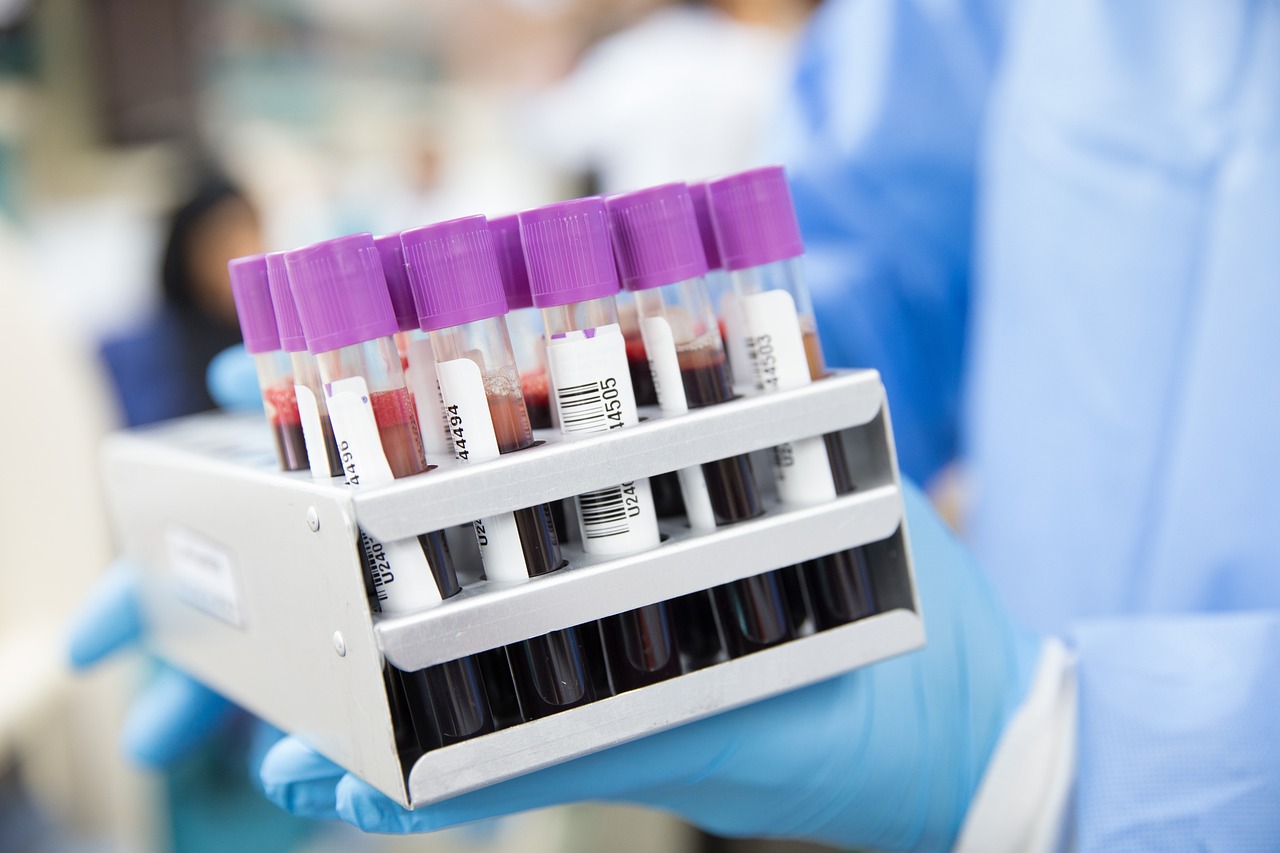The Bloody Business of Perimenopause

What Blood Tests Really Tell Us
Perimenopause Diagnosis

Perimenopause is a significant transition in a woman’s life, often bringing a range of symptoms such as irregular periods, mood swings, fatigue, and sleep disturbances. While these changes are primarily driven by fluctuating hormone levels, many women wonder if a simple blood test can confirm whether they are in perimenopause. The short answer? Not quite. Contrary to popular belief, routine hormone testing is not the most reliable way to diagnose perimenopause. Instead, clinical assessment based on symptoms and menstrual changes is the preferred approach. However, certain blood tests can still play a crucial role in ruling out other underlying conditions that may be contributing to symptoms.
Why Blood Tests Are Unreliable for Diagnosing Perimenopause

Hormonal changes associated with perimenopause can begin years before a woman even notices symptoms. However, hormone levels fluctuate significantly from day to day, making it difficult to pinpoint perimenopause through blood tests alone. Many women also use hormonal contraceptives, which can further mask these fluctuations, adding to the challenge of detecting perimenopause through laboratory testing.
A key hormone often measured in perimenopause assessment is follicle-stimulating hormone (FSH). As ovarian function declines, FSH levels generally rise in an attempt to stimulate the ovaries to continue ovulating. However, this rise does not follow a steady, predictable pattern; instead, FSH levels can spike one day and drop the next. This inconsistency means that a single blood test showing high FSH does not confirm perimenopause, and a low FSH reading does not rule out perimenopause. Because of this variability, organizations such as the National Institute for Health and Care Excellence (NICE) do not recommend diagnosing perimenopause based on FSH levels. The test may be helpful in specific cases, such as for women who do not have periods due to contraception use, a previous hysterectomy, or suspected premature ovarian insufficiency (POI)—but for most women over 40, symptom-based diagnosis remains the gold standard.
The Importance of Other Blood Tests
While hormone testing may not be the most useful tool for diagnosing perimenopause, a comprehensive blood test panel can help identify other potential causes of symptoms. Many conditions can mimic perimenopausal symptoms, so it’s important to rule them out before attributing everything to hormonal changes.
1. Iron Levels (Ferritin and Full Blood Count)
Low iron levels can contribute to fatigue, dizziness, mood disturbances, and even hair thinning—symptoms that overlap with perimenopause. Heavy or irregular periods during perimenopause can also deplete iron stores, increasing the risk of iron deficiency anaemia. Checking ferritin levels, which reflect stored iron, alongside a complete blood count (CBC) can help determine if low iron is a factor in persistent fatigue and other symptoms.
2. Cholesterol and Heart Health
Oestrogen plays a protective role in cardiovascular health, and as oestrogen levels decline during perimenopause, changes in cholesterol levels often follow. Many women experience a rise in low-density lipoprotein (LDL; the “bad” cholesterol) and a drop in high-density lipoprotein (HDL; the “good” cholesterol). These changes increase the risk of heart disease, which is why monitoring cholesterol levels and making necessary lifestyle adjustments, such as improving diet, increasing physical activity, and considering medical interventions when needed, is crucial.
3. Thyroid Function Tests
Thyroid dysfunction, particularly hypothyroidism, can cause symptoms that closely resemble perimenopause, including fatigue, weight gain, mood swings, and irregular periods. Because thyroid issues are more common in women over 40, checking thyroid-stimulating hormone (TSH) and free thyroxine (T4) levels can help distinguish between thyroid disorders and hormonal fluctuations of perimenopause.
4. Vitamin D Levels
Vitamin D is essential for bone health, immune function, and mood regulation. As oestrogen levels decline, women become more vulnerable to bone loss, increasing the risk of osteoporosis. Low vitamin D levels have also been linked to fatigue and depressive symptoms, making it an important nutrient to monitor during perimenopause. If levels are low, supplementation or increased sun exposure may be recommended.
5. Vitamin B12
Vitamin B12 is crucial for nerve function, energy production, and brain health. Deficiency can lead to fatigue, memory issues, and mood disturbances, all of which can overlap with perimenopausal symptoms. Since B12 absorption can decline with age, especially in women with digestive issues or those following a vegetarian or vegan diet, checking B12 levels can be beneficial.
6. Magnesium
Magnesium is involved in over 300 biochemical processes in the body, including muscle function, sleep regulation, and mood stability. Many women experience increased stress, anxiety, and sleep disturbances during perimenopause, and low magnesium levels may contribute to these issues. Ensuring adequate magnesium intake through diet or supplements can support overall well-being.
7. Calcium Levels
Calcium is another key mineral for bone health, particularly as women transition into menopause. While dietary intake is the best source, checking calcium levels can help assess whether additional supplementation is needed to maintain bone density and prevent osteoporosis.
Although perimenopause is a hormonally driven process, blood tests are not the most effective way to diagnose it due to the unpredictable nature of hormone fluctuations. Instead, healthcare providers rely on a woman’s symptoms and changes in her menstrual cycle to assess perimenopause. However, comprehensive blood work can be valuable in ruling out other conditions that may mimic perimenopausal symptoms, such as iron deficiency, thyroid dysfunction, abnormal cholesterol levels, and vitamin or mineral deficiencies.
If you are experiencing symptoms of perimenopause, speak to your healthcare provider about the best approach to diagnosis and symptom management. Monitoring key nutrients such as vitamin D, B12, magnesium, and calcium—along with addressing lifestyle factors—can help support overall health during this transition. Understanding what is happening in your body is the first step toward feeling your best through this phase of life.
Comments
-
-
temp mail
I just wanted to drop by and say how much I appreciate your blog. Your writing style is both engaging and informative, making it a pleasure to read. Looking forward to your future posts!

Mirka
As always, amazing information!